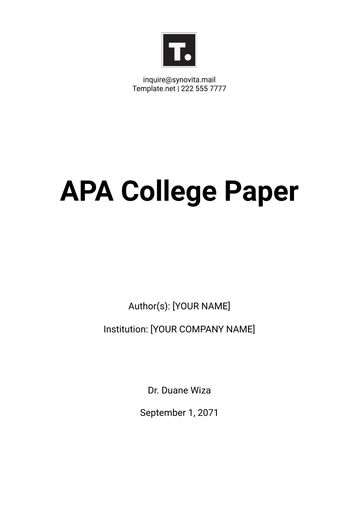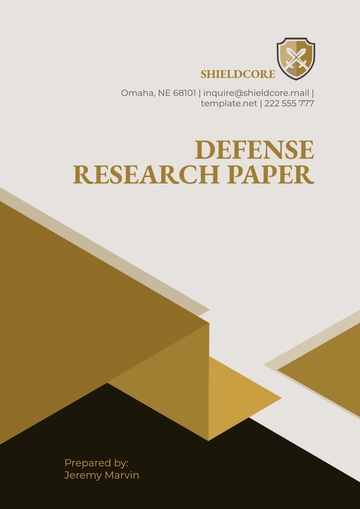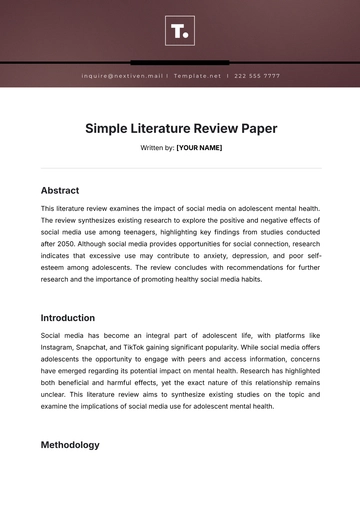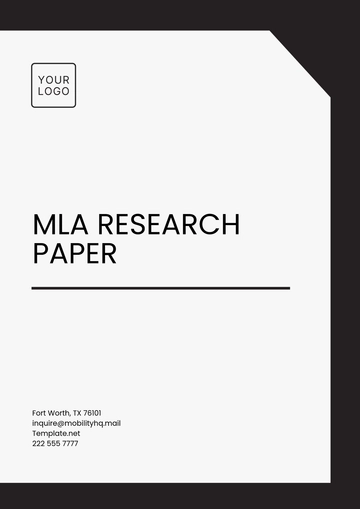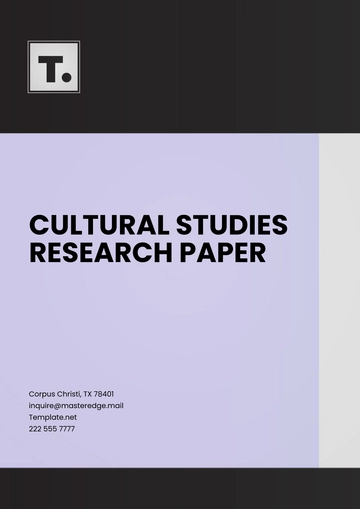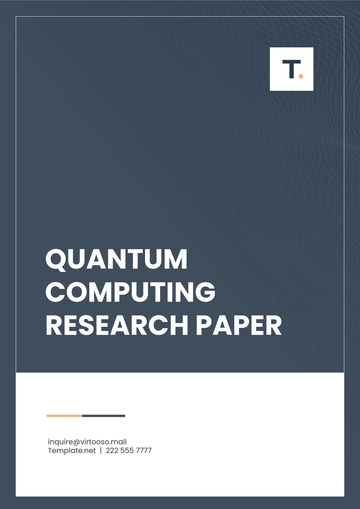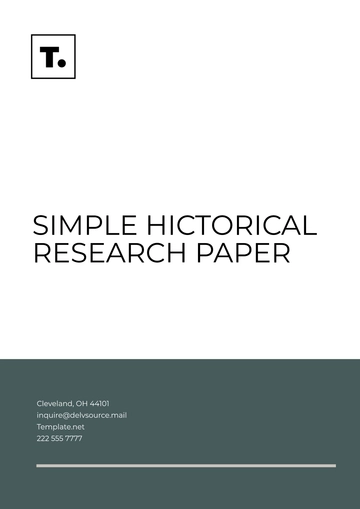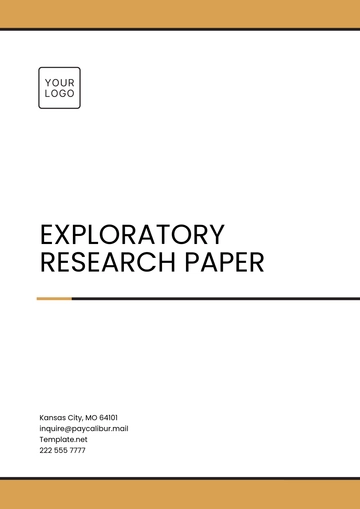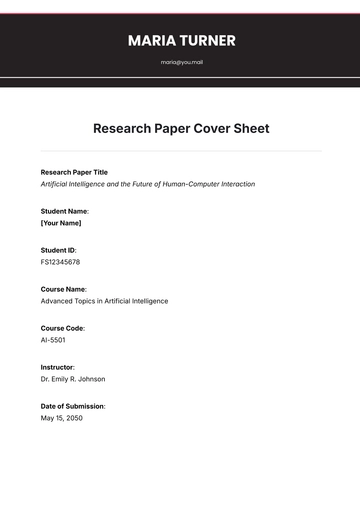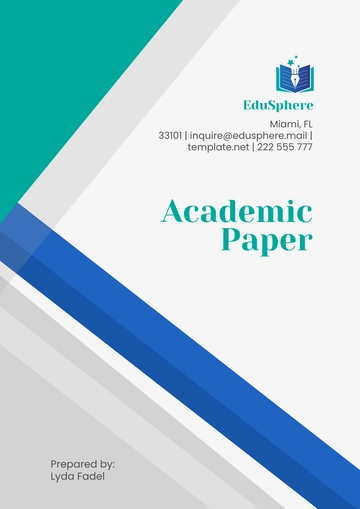Free Research Paper Case Brief

I. Introduction
Miranda v. Arizona is a landmark United States Supreme Court case that significantly influenced criminal procedure in the country. Decided in 1966, this case addressed the rights of individuals during police interrogations and established important legal principles regarding the protection against self-incrimination under the Fifth Amendment of the U.S. Constitution.
II. Facts
In March 1963, Ernesto Miranda was arrested in Phoenix, Arizona, based on circumstantial evidence linking him to the kidnapping and rape of a young woman.
During police interrogation, Miranda confessed to the crime without being informed of his rights.
Specifically, he was not advised of his right to remain silent or his right to have an attorney present during questioning.
III. Legal Issues
The primary legal issue in Miranda v. Arizona was whether the confession obtained from Ernesto Miranda during police interrogation was admissible as evidence in court, considering that he was not informed of his Fifth Amendment rights against self-incrimination and his Sixth Amendment right to counsel.
IV. Court's Decision
The Supreme Court, in a 5-4 decision, ruled in favor of Miranda. The Court held that the confession obtained from him was inadmissible as evidence because it was obtained in violation of his constitutional rights. The Court established the now-famous Miranda warnings, requiring law enforcement officers to inform individuals of their rights before conducting custodial interrogations.
V. Analysis
The Miranda decision has had a profound impact on criminal procedure in the United States. It established important safeguards to protect individuals' rights against self-incrimination and ensure fair treatment during police interrogations. By requiring law enforcement to provide specific warnings to suspects, the decision aimed to prevent coerced confessions and uphold the principles of due process and procedural fairness.
Furthermore, Miranda v. Arizona significantly influenced police practices and procedures nationwide. The ruling prompted law enforcement agencies to develop standardized procedures for advising suspects of their rights, commonly known as "Miranda rights." These rights include the right to remain silent and the right to legal counsel, and they must be communicated clearly and unequivocally to individuals in police custody.
VI. Conclusion
Miranda v. Arizona stands as a landmark case in U.S. legal history, shaping the landscape of criminal procedure and safeguarding individuals' constitutional rights. The decision's legacy extends far beyond the specific facts of the case, influencing how law enforcement interacts with suspects and how courts evaluate the admissibility of confessions obtained during police interrogations.
VII. References
Miranda v. Arizona, 384 U.S. 436 (1966).
Dressler, J. (2012). Understanding Criminal Procedure: Volume One, Investigation (6th ed.). LexisNexis.
LaFave, W. R., Israel, J. H., King, N. J., & Kerr, O. S. (2017). Criminal Procedure (3rd ed.). West Academic Publishing.
- 100% Customizable, free editor
- Access 1 Million+ Templates, photo’s & graphics
- Download or share as a template
- Click and replace photos, graphics, text, backgrounds
- Resize, crop, AI write & more
- Access advanced editor
Unravel the complexities of legal research with our Research Paper Case Brief Template, exclusively offered by Template.net. This customizable tool empowers you to organize your findings seamlessly. Downloadable and printable, it's equipped with sections tailored for thorough analysis. With our AI Editor Tool, editing is a breeze. Elevate your research game and present your arguments with confidence.


